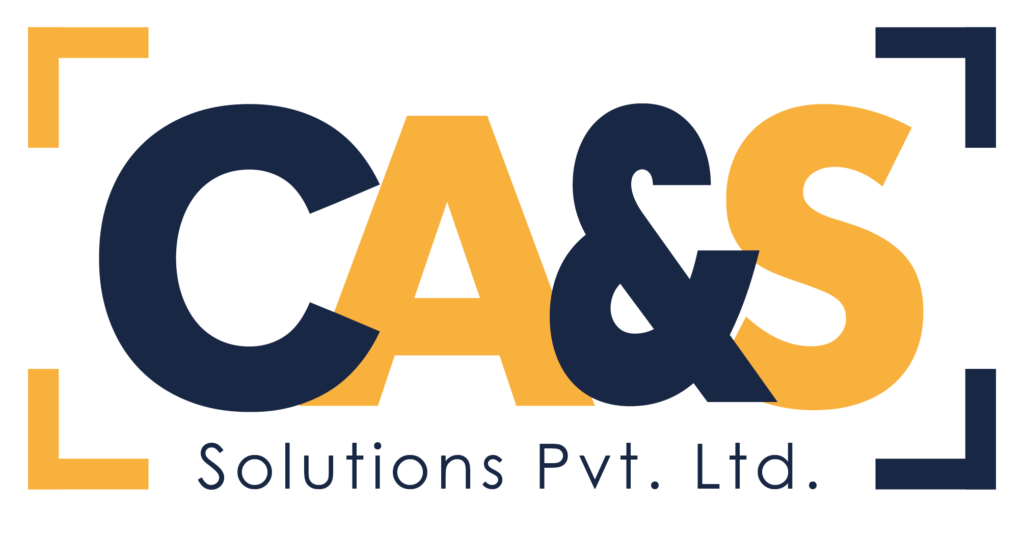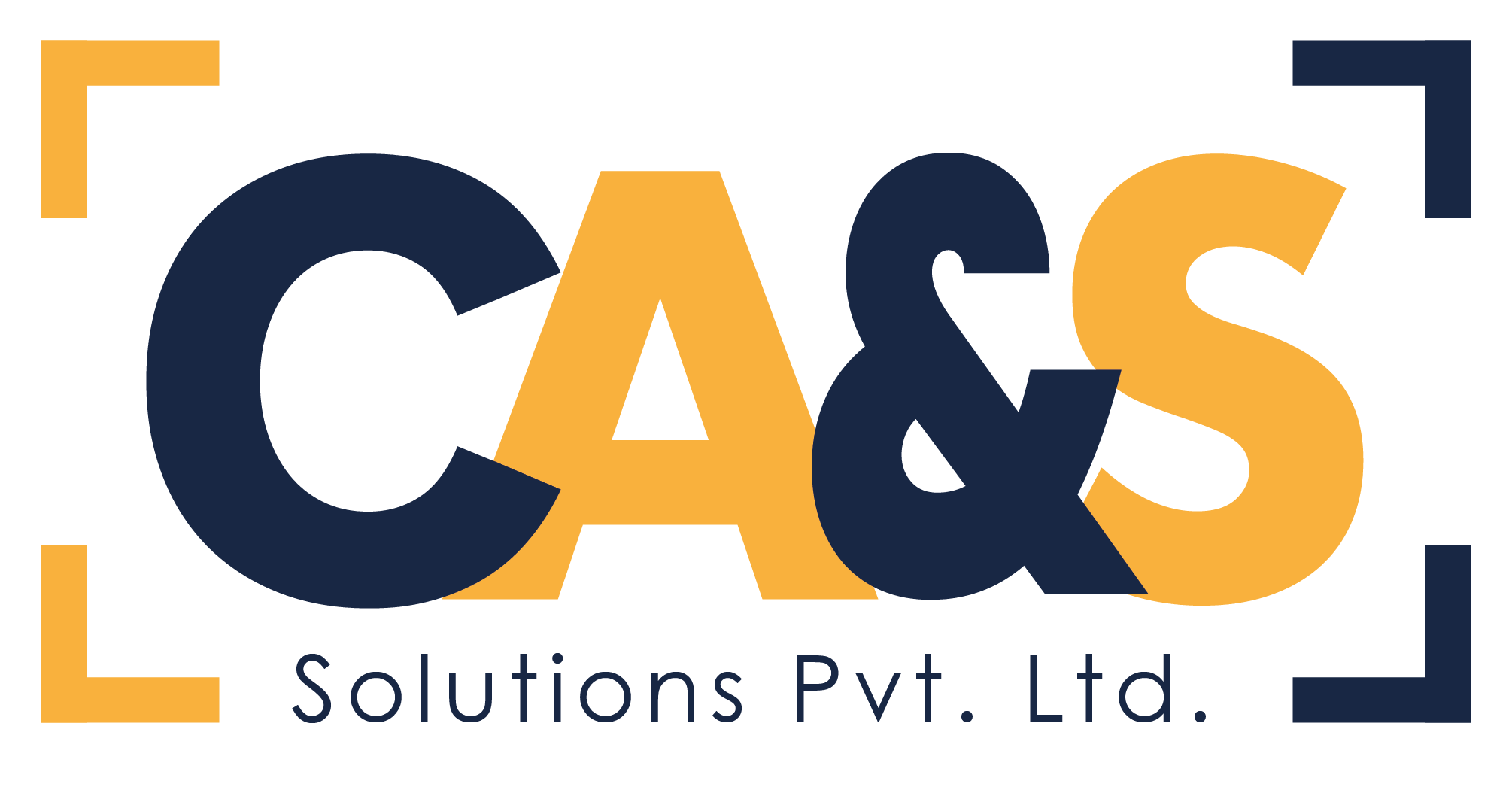Call Center Setup
Key Elements in a Call Center
Here are key components that affect how a call center’s infrastructure is modeled:
Technology Call center agents working.
This refers to the various hardware and software used by call centers to handle calls. For example, one of the most common pieces of equipment is the Automated Call Distributor (ACD), which receives incoming calls and directs them to available agents. Another would be the Voice Response Unit (VRU), an answering system that directs customers to specific departments or types of inquiries through pre-recorded messages or menus.
Businesses have to consider the scale of their operations to determine the amount and size of the call center equipment they need.


Location
A call center’s physical location is crucial in their operational costs, agent recruitment efforts, and the amount of technology they can use. For instance, a center using a smaller facility would not recruit as many agents as they’d like, which could hinder their ability to handle high call volumes. They might also not be able to make more room for their in-house servers, limiting their capability to run more programs, store data, and provide other services to the call center.
Processes
Call centers implement processes for handling inquiries and ensure that these are efficient at resolving them. They develop call structures that serve as guidelines for how the call agent:
- Infrastructure and application stack migration support options include using AWS managed services such as AWS infrastructure, AWS storage, AWS cloud and more.
- We support Greenfield deployments of diverse databases and applications on AWS.
- We readily execute disaster recovery site & provide offsite backup options.
- Augment and expand your current IT and operations teams with AWS managed services.
Agents
Since agents are handling the customer calls, the call center also has to consider their training and the protocols set in place for them to follow. This allows for better interactions during calls, leading to better customer satisfaction and boosting performance.
Customers
Call centers also consider their customers’ experiences during calls and how satisfied they are with the current process. This helps them determine if the current call center architecture needs revising.
Management Call center manager talking to employees
Call center management is responsible for planning the center’s processes, monitoring operations, and reviewing agents and calls. They gather the metrics needed to gauge the call center’s overall performance and improve the infrastructure’s shortcomings.


